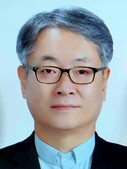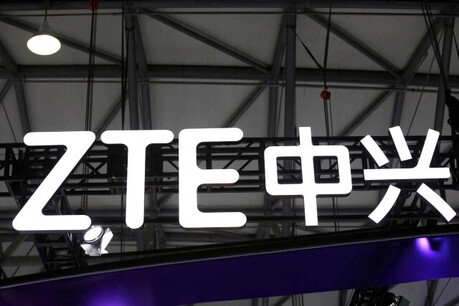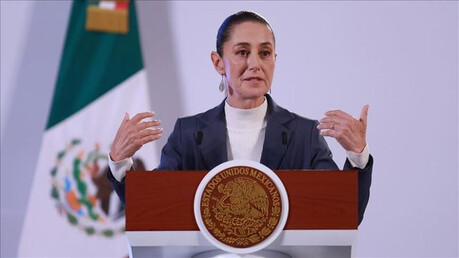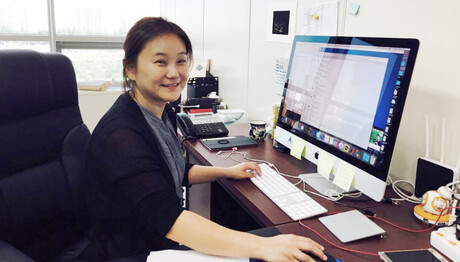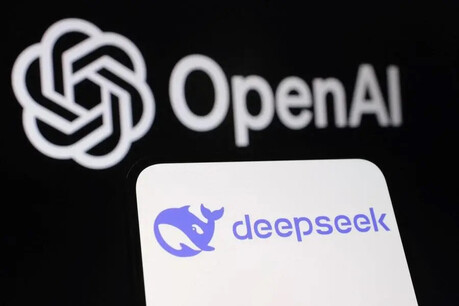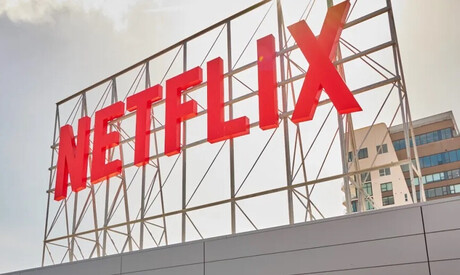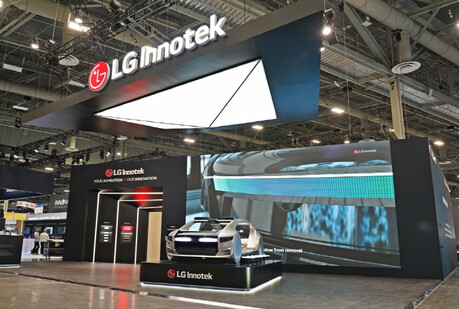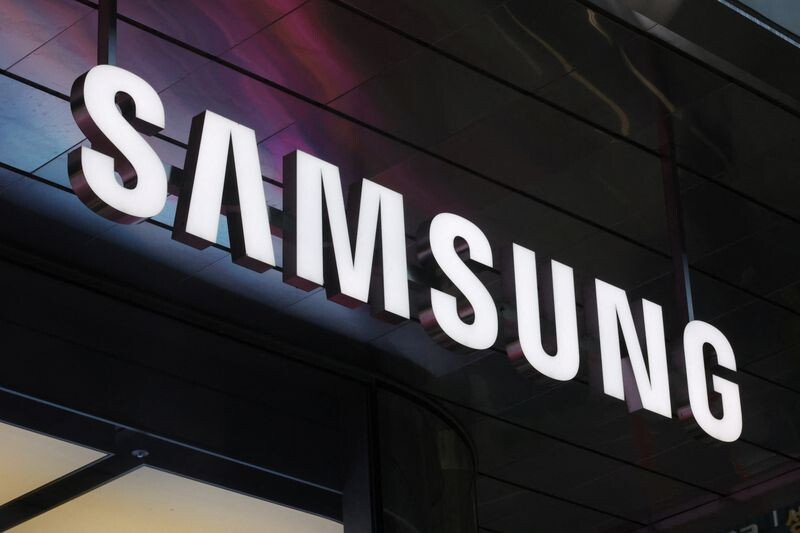
SEOUL, South Korea – Samsung Electronics Co., Ltd. announced a preliminary consolidated operating profit of approximately 12.1 trillion Korean won ($8.5 billion) for the third quarter of 2025 (July-September), marking a staggering earnings surprise and the highest quarterly profit in three years since Q2 2022. The strong performance, which significantly surpassed market expectations of around 10.1 trillion won, was fueled by the powerful dual engines of its memory semiconductor and mobile (MX) businesses. Consolidated sales also hit a record high of 86 trillion won, marking the first time the company's quarterly revenue has topped the 80 trillion won threshold.
Memory Chip Rebound Sparks DS Division
The Device Solutions (DS) division, overseeing the semiconductor business, is estimated by analysts to have contributed a substantial portion of the profits, with operating profit likely in the range of 5 to 6 trillion won. This impressive rebound comes from a significant surge in memory chip prices and robust demand for high-end components driven by the global artificial intelligence (AI) boom.
Both DRAM and NAND flash memory prices have shown a sharp increase. Specifically, the price of DDR5 16Gb DRAM products jumped by over 20% in the last month, while DDR4 8Gb saw a similar rise. NAND flash prices, too, have reversed their slump, with the 512Gb TLC NAND increasing significantly from August to September. In response, Samsung reportedly raised its Q4 supply prices for some DRAM products by up to 30% and NAND flash products by 5-10%.
The market attributes this memory upswing to the massive expansion of AI data center infrastructure globally, led by giants like AWS, Microsoft, Google, and Meta. This investment is igniting expectations for a new memory "supercycle," similar to the one witnessed in 2018, which could sustain strong performance into next year. The surge began with high-bandwidth memory (HBM) for AI accelerators and then spilled over to conventional memory, as memory makers focused production capacity on advanced HBM, tightening the supply of general-purpose DRAM. Increased demand for solid-state drives (SSDs) for data centers, which use NAND flash, is also pushing up prices. Furthermore, Samsung's HBM3E sales to major clients, including AMD, positively impacted the results, while the non-memory foundry business saw a reduction in losses due to improved utilization rates.
Mobile Experience (MX) Maintains Momentum
The DX division's success was spearheaded by the Mobile eXperience (MX) business. The global launch of the Galaxy Z Fold7 and Galaxy Z Flip7 series garnered positive reception, driving significant sales volume and contributing to the division's robust performance. Analysts estimate the MX division's operating profit to be in the 3 trillion won range. This segment has consistently provided a stable foundation for Samsung's overall earnings, even during the semiconductor downturn.
Challenges and Future Outlook
Despite the massive earnings beat, analysts point to several lingering challenges. Concerns remain over Samsung’s relative competitiveness in the critical HBM market, particularly securing major supply deals with industry leader Nvidia. Additionally, while foundry losses have narrowed, a full turnaround requires securing more top-tier clients like Qualcomm and Google for its advanced 2-nanometer and beyond processes.
Geopolitical risks also cloud the horizon, with intensified U.S.-China trade tensions potentially leading to new tariffs on semiconductors and electronics, which could demand additional investment commitments from Korean firms in the U.S.
Nevertheless, industry experts generally remain optimistic. "The DRAM market is projected to grow by 43.6% in 2025 due to surging HBM demand," said Noh Geun-chang, head of research at Hyundai Motor Securities, adding that the NAND market is also set for growth driven by enterprise SSD demand. Samsung is scheduled to announce its finalized Q3 divisional results later this month. Meanwhile, the stunning earnings have put a spotlight on competitor SK Hynix's upcoming Q3 results, which are also anticipated to be exceptionally strong, potentially exceeding 10 trillion won in operating profit.
[Copyright (c) Global Economic Times. All Rights Reserved.]















